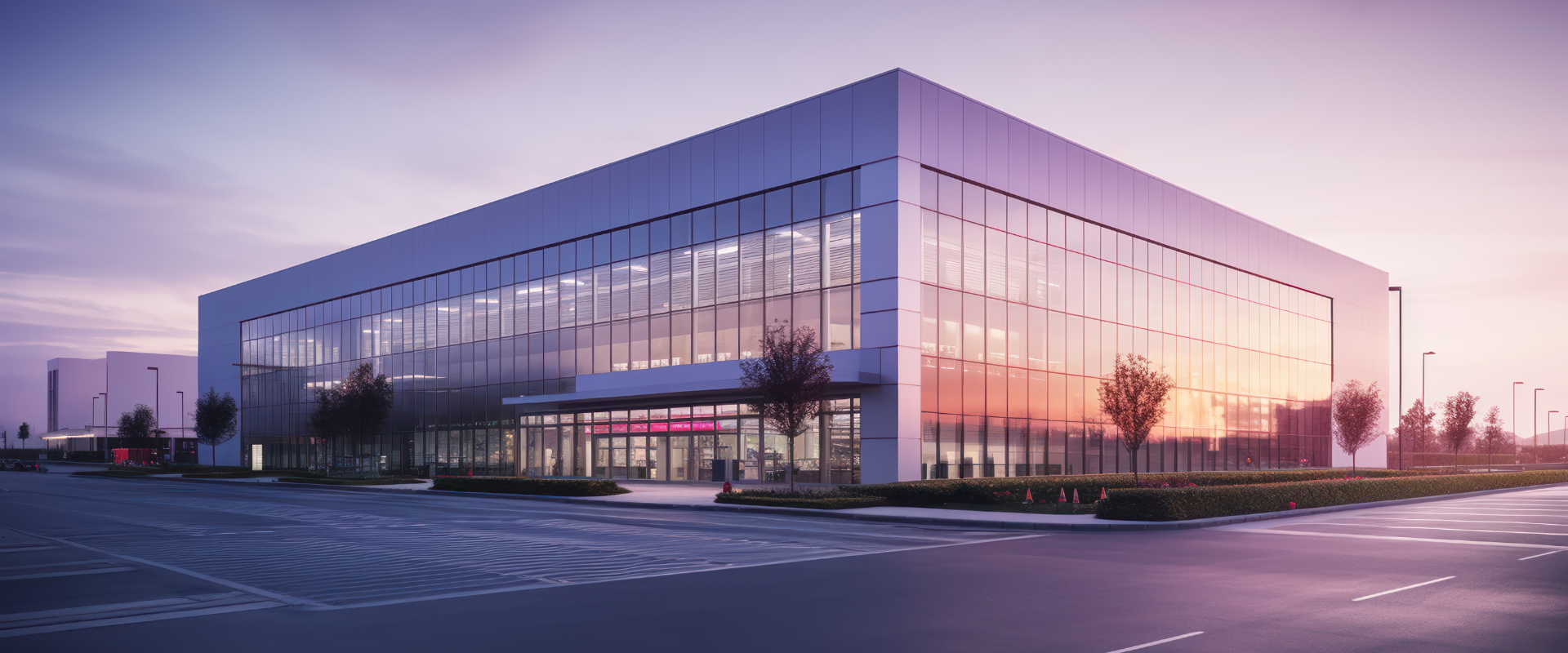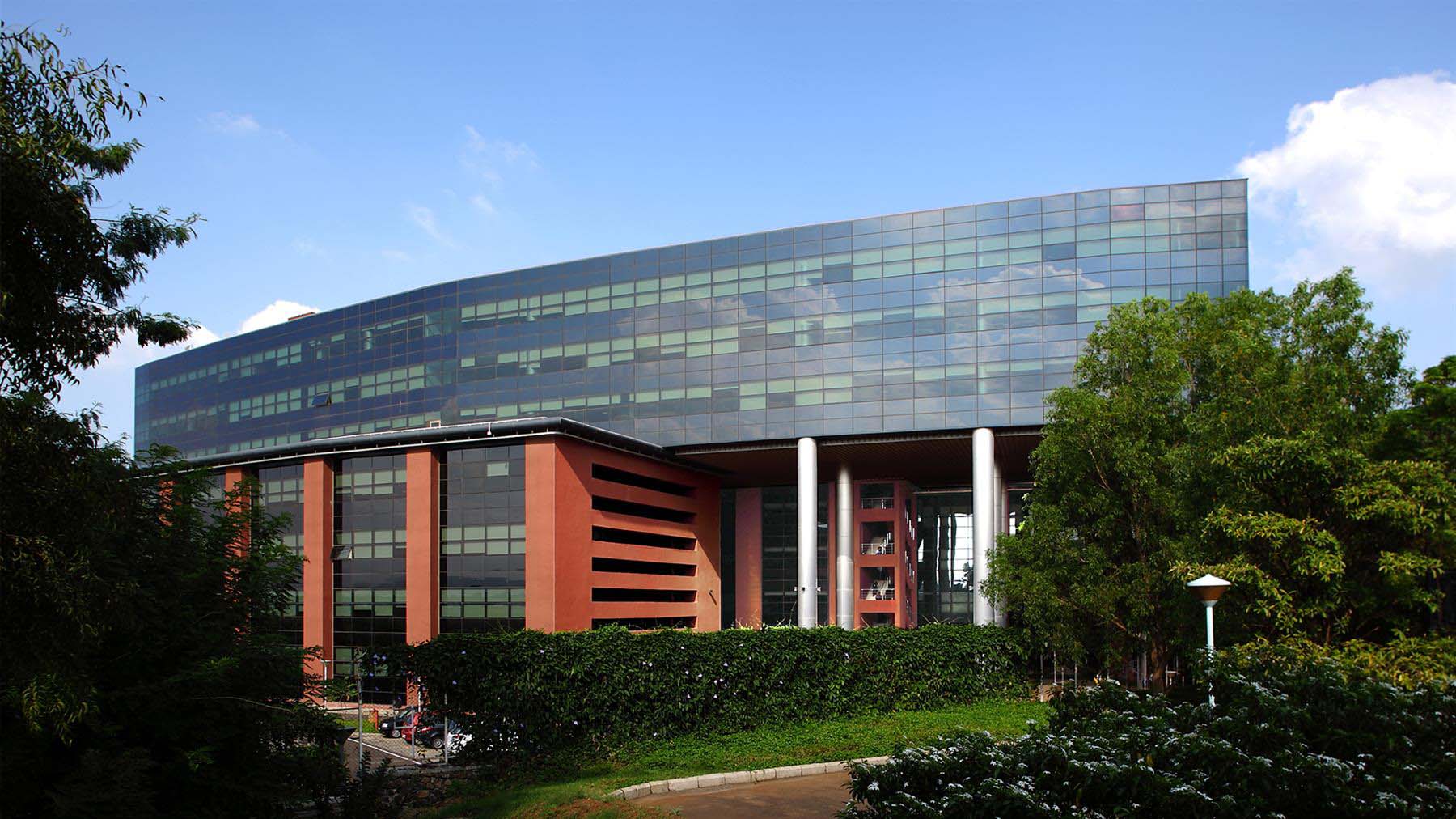Designing for Functionality: Glass Facades and User Needs
Glass facades have become a staple in modern architecture, offering a blend of aesthetic appeal and functional benefits. However, beyond their visual impact, glass facades must be designed with the end-user's needs in mind to ensure they contribute positively to the building's overall functionality. This blog explores the critical aspects of designing glass facades that meet user needs, enhancing comfort, efficiency, and usability.
The Importance of User-Centric Design
User-centric design focuses on creating spaces that prioritize the needs, comfort, and well-being of the occupants. For glass facades, this means considering factors such as natural light, thermal comfort, energy efficiency, and acoustic performance. By addressing these elements, architects and designers can create environments that are not only beautiful but also highly functional.
Key Considerations for Designing Functional Glass Facades:
1. Natural Light and Daylighting
One of the primary benefits of glass facades is their ability to allow natural light into the building. However, effective daylighting requires careful planning to avoid issues such as glare and overheating.
- Light Transmission: Choose glass with the appropriate level of light transmission to ensure adequate daylight without excessive brightness.
- Glare Control: Implement solutions like fritted glass, sunshades, or interior blinds to manage glare and create a comfortable indoor environment.
- Daylight Harvesting: Use daylight sensors and automated systems to adjust artificial lighting based on the availability of natural light, enhancing energy efficiency.
2. Thermal Comfort
Maintaining a comfortable indoor temperature is crucial for occupant well-being. Glass facades play a significant role in thermal regulation.
- Low-E Glass: Utilize Low-E (low emissivity) glass to reduce heat transfer, keeping interiors warm in winter and cool in summer.
- Double or Triple Glazing: Opt for double or triple glazing to improve insulation and reduce energy loss.
- Thermal Breaks: Incorporate thermal breaks in the framing system to minimize thermal bridging and enhance overall insulation.
3. Energy Efficiency
Energy-efficient buildings are not only environmentally friendly but also cost-effective in the long run. Glass facades can contribute significantly to a building’s energy performance.
- Solar Control Glass: Use solar control glass to reduce solar heat gain, lowering cooling loads and energy consumption.
- Insulated Glazing Units (IGUs): Install IGUs to provide better insulation and reduce the need for heating and cooling.
- Building Orientation: Consider the building's orientation and design the facade to optimize solar exposure, maximizing passive solar heating and natural cooling.
4. Acoustic Performance
Noise pollution can significantly impact the comfort and productivity of building occupants. Glass facades should address acoustic performance to create a quiet and serene indoor environment.
- Laminated Glass: Incorporate laminated glass with an acoustic interlayer to reduce noise transmission.
- Double Glazing: Use double-glazed units with varying thicknesses to dampen sound.
- Sealing: Ensure proper sealing of all joints and openings to prevent sound leakage.
5. Safety and Security
Glass facades must also meet safety and security standards to protect occupants from accidents and potential threats.
- Tempered Glass: Use tempered glass, which is stronger and breaks into small, less dangerous pieces.
- Laminated Glass: Install laminated glass that holds together when shattered, providing an additional layer of protection.
- Security Glass: For high-risk areas, consider using security glass that is resistant to forced entry and impact.
Enhancing Usability with Functional Design Elements:
1. Operable Windows
Incorporating operable windows within glass facades allows for natural ventilation, improving indoor air quality and occupant comfort.
- User Control: Provide occupants with the ability to control ventilation based on their preferences.
- Automated Systems: Consider automated window systems that adjust based on weather conditions and indoor air quality.
2. Accessibility Features
Ensure that the design of glass facades considers accessibility for all users, including those with disabilities.
- Accessible Entrances: Design entrances with automatic doors and low thresholds to accommodate wheelchair users.
- Clear Signage: Use clear, visible signage that is easily readable by everyone, including those with visual impairments.
3. Integrated Shading Systems
Integrated shading systems can enhance the functionality of glass facades by providing additional control over light and heat.
- External Shading: Use external shading devices like louvers or overhangs to block direct sunlight.
- Internal Blinds: Install internal blinds or shades that can be adjusted by occupants to control light levels and privacy.
Designing glass facades with functionality and user needs in mind is essential for creating spaces that are not only visually appealing but also comfortable, efficient, and user-friendly. By considering factors such as natural light, thermal comfort, energy efficiency, acoustic performance, and safety, architects and designers can ensure that glass facades contribute positively to the overall building performance and occupant well-being.
FG Glass: Your Partner in High-Quality Glass Facade Solutions
At FG Glass, we offer a comprehensive range of glass facade solutions designed to meet the highest standards of performance and functionality. Our products are tailored to enhance comfort, energy efficiency, and safety in various applications. Discover how FG Glass can help you design and implement functional and beautiful glass facades for your projects. For more information, visit fgglass.com.

You might also like
Feb 21, 2022 by TARIQ KACHWALA
Feb 21, 2022 by TARIQ KACHWALA
Feb 23, 2022 by TARIQ KACHWALA









